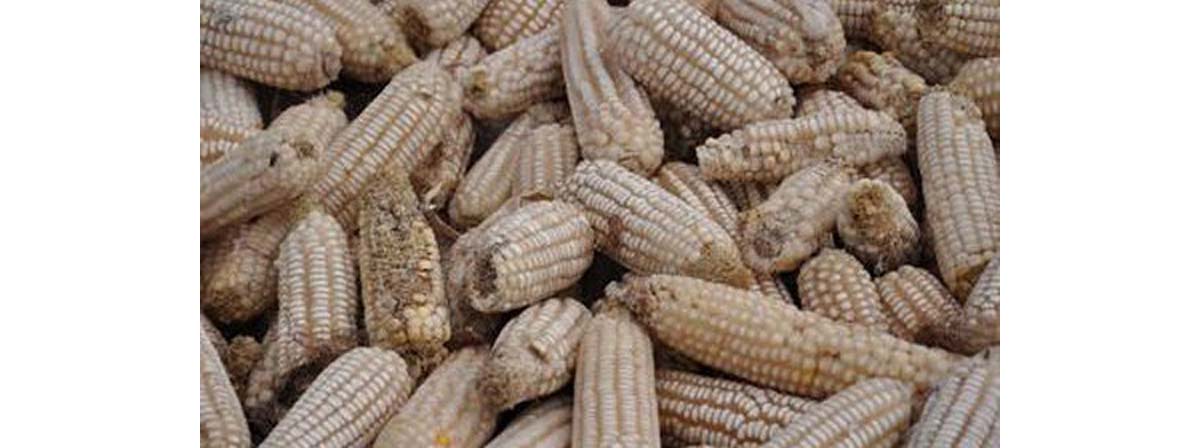Table of Contents
Different countries have different regulations in regards of allowed aflatoxin level. According to the US Foods and Drug Administration, the maximum level of total aflatoxins in human food should not exceed 20 microgram per kilogram. There is an exception of milk which has the maximum level of 0.5 microgram per kilogram. Aflatoxin in milk is considered more dangerous. The maximum level for most of the animal feeds is also 20 µg/kg.

It’s interesting to note that in response to the latest aflatoxin scare, Serbian government reacted by simply increasing the maximum permitted level of aflatoxins in the food above the European standards. Looks like easiest solution to the problem, isn’t it?
Why aflatoxin contamination is so difficult to control?
One of the reasons aflatoxin contamination is so difficult to control is the way the fungus contaminates the crops. Some pockets of plants might be heavily contaminated while the rest may look completely normal. It is impossible to analyze each and every single plant out there in the field. Instead, the estimates of the overall conditions of crop are made by checking the randomly selected samples. This could be misleading: heavily contaminated plants can be missed easily by this method.
Inadequate post-harvest storage conditions, such as elevated humidity and temperature may accelerate the fungal growth and thus contribute to the increase of aflatoxin level after the harvest.
Insects damage crops, and aflatoxin producing fungus grows rapidly on the damaged plants. If insecticides are not sprayed on time the chance of aflatoxin contamination increases.
Prevention of aflatoxin contamination
Many different strategies have been developed to control the aflatoxin contamination. These strategies are applied at different stages of crop production and processing.
Crops are altered genetically in such a way that they can no longer be affected by fungi. Therefore, the risk of aflatoxin contamination can be reduced by this technique.
Insecticides use should be encouraged in places where aflatoxin contamination is common. This will reduce the risk of plant infection with opportunistic pathogens.
Crops should be stored in clean places to avoid any contamination with the toxin producing fungus. Moisture level of the storage environment should be regularly monitored and mechanical driers should be used if needed.
Finally, the transportation of the crops should be done it the containers which are dry, clean and free of any fungal growth.
Aflatoxin contamination of the crops and food products poses problems both for the human health and economy. However by using the adequate preventive measures the risk of contamination can be greatly reduced.
- Heather Strosnider et al. (2006) Workgroup Report: Public Health Strategies for Reducing Aflatoxin Exposure in Developing Countries. Environ Health Perspect. 114(12): 1898–1903
- C.C. Wanop (1961) The histopathology of Turkey X disease in Great Britain. Avian Diseases 5, 371-381
- Photo courtesy of CIAT by Flickr : www.flickr.com/photos/ciat/4105600286/
- Photo courtesy of IITA Image Library by Flickr : www.flickr.com/photos/iita-media-library/5781888770/
- www.fao.org/docrep/x5036e/x5036e1e.htm
- www.fao.org/docrep/W9474T/w9474t06.htm
- aes.missouri.edu/delta/croppest/aflacorn.stm
- www.bakeryandsnacks.com/Regulation-Safety/Aflatoxins-levels-in-cereals-across-Europe-within-limits-finds-EFSA-report
- www.guardian.co.uk/world/2013/mar/03/germany-tests-milk-carcinogen-scare
- www.efsa.europa.eu/en/topics/topic/aflatoxins.htm


Your thoughts on this